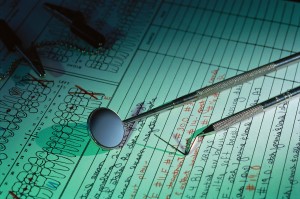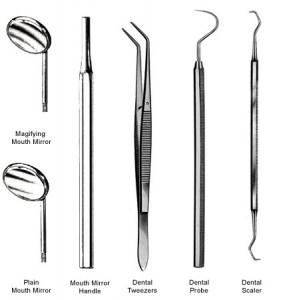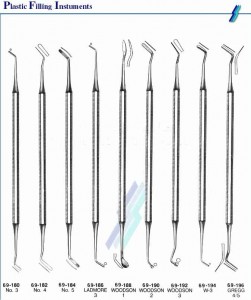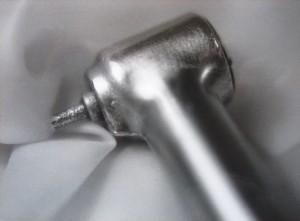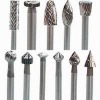Whenever you visit a dentist, you tend to notice the many different dental tools that are laid down beside the chair. A dental professional uses a variety of dental equipment for examining, cleaning, cutting and restoring teeth. Not many are familiar with these instruments therefore here is a quick guide on the basic dental instruments available in a dental office and their usage.
Dental instruments can be either hand-held or rotary (for example driven in a handpiece) and some can be of fiber optic light sources and ultrasonic equipment.
Dental hand instruments
The types of hand instruments can be categorized based on their function:
- Examining the mouth and teeth
- Scaling or professional cleaning of teeth
- Cutting teeth and removing cavities
- Placing and condensing filling materials
- Carving and finishing dental fillings
- Miscellaneous types
Instruments used for examining the mouth and teeth
- Mouth mirrors are used to examine the condition of the teeth and mouth, as well as to retract the tongue and cheeks upon examination.
- Probes– There are many probes available but the main types are the straight probe, Briault probe and periodontal probe.
- The straight probe is sharp and it is used to examine cavities in the dentine region as well as to check the margins of restorations or fillings.
- The Briault probe is also sharp and it is used to detect the junction between the enamel and dentine. Briault can also be used to detect tartar hidden in the gum pockets.
- A periodontal probe can be used to measure the depth of the gum pockets and for other measurements.
Instruments for cutting and scraping tissues and deposits
- Scalers remove tartar (calculus) on the tooth surface as well as those hidden in the gum pockets. They can also be used to remove other surface deposits and temporary crowns.
- Excavators are used to remove softened dentine and temporary fillings. The back of the blade can also be used for placing linings between filling materials. Sometimes excavators can be used for carving metal or amalgam fillings.
- Chisels are used to remove unsupported enamel during cavity preparation. Unsupported enamel can be harmful for it can compromise the longevity of the filling if not removed.
- Hatchets and hoes have similar purposes to chisels.
Instruments used for placing and condensing filling materials
- Plastic instruments convey and shape filling materials and are usually flat blades that do not use heavy pressure. Some instruments have rounded ends for shaping and burnishing the surfaces of fillings. Plastic instruments are usually made of stainless steel for most materials though there are also thin Teflon-coated or titanium nitride instruments which are non-stick for composite fillings.
- Condensers or pluggers are used for compressing and forming filling materials. Heavy pressure is applied on use therefore these instruments are usually used for metal or amalgam fillings.
Instruments used for carving and finishing fillings
Carving and finishing instruments have sharp or semi-sharp blades of various shapes. They are used to carve materials by cutting and scraping.
General features of hand instrument design
Most of the hand-held instruments are made of stainless steel or sometimes carbon steel. Chisels and scalers often have tungsten carbide tips. The basic design of a hand instrument has a blade, a shank and a handle.
Rotary instruments
Rotary instruments consist of burs, stones and discs. They are small instruments held in a handpiece. Rotation is made by electric motor or compressed air and is usually in two speeds: high-speed (air turbine) or low-speed hand pieces.
The air turbine (airotor)
High speeds between 250,000 to 500,000 rpm (revolution per minute) with low torque are seen in these instruments. A small air-driven turbine or rotor is mounted in the bearings and the shank of the bur is inserted into the rotor. The high-speed handpiece often has built-in water spray and fiber optic light.
Low-speed hand pieces
There are two types of low-speed handpieces: a contra-angle handpiece which is nearly always used in the mouth, and the straight handpiece which is used in trimming procedures outside the mouth. Â These handpieces have lower speeds (between 400 to 40,000rpm) but have more torque than airotor. Some can be of very high speed which uses water cooling. Low-speed handpieces are driven by electric motor or an air motor and can go clockwise or anti-clockwise, unlike the airotor.
Burs and stones
Burs and stones are retained in the handpiece in one of three ways: friction, latch grip or quick-release clamping chuck. Bur blades are usually made of steel, tungsten carbide or abrasive materials depending on their usage.
